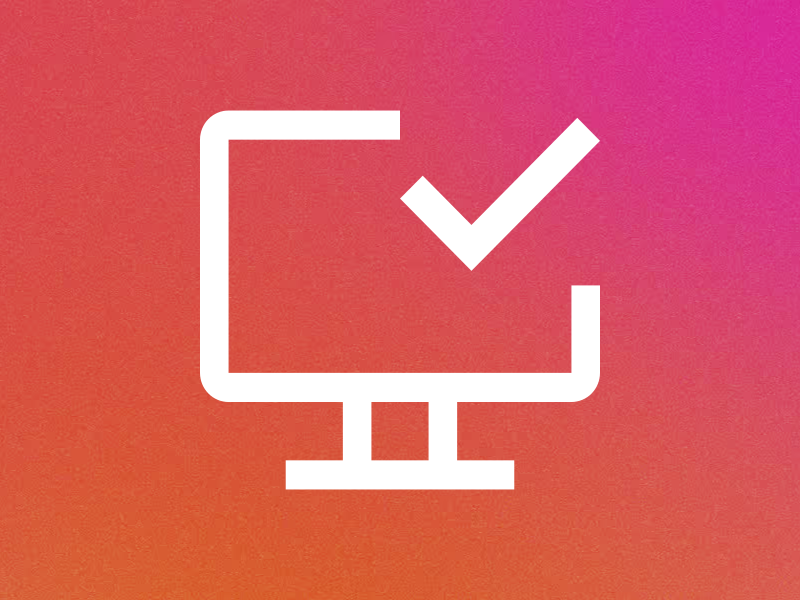Stay Audit-Ready: Download the SOX Compliance Checklist
Download the SOX Compliance Checklist to make compliance less chaotic – and more repeatable.
This checklist covers key focus areas including:
Access control and identity governance
Financial system change management
Audit trail requirements
Documentation and evidence gathering
SOX compliance doesn’t have to be overwhelming. Whether you're preparing for your first audit or looking to streamline an existing process, having a clear, actionable checklist makes all the difference. Our downloadable SOX Compliance Checklist helps you break down the core requirements of the Sarbanes-Oxley Act into manageable steps—so you can stay ahead of deadlines, avoid surprises, and ensure financial reporting integrity.

